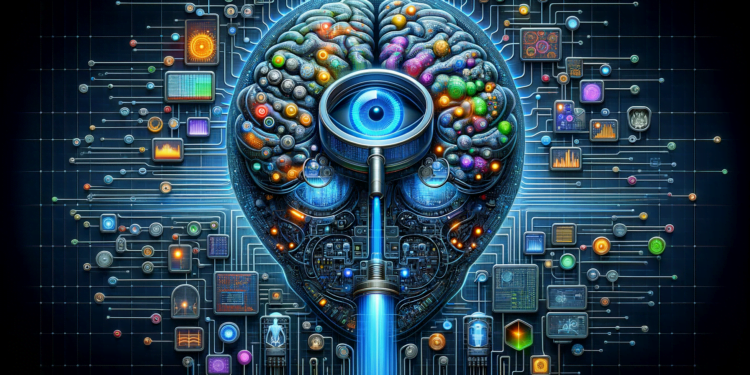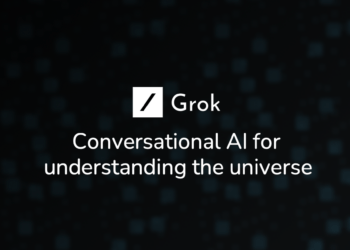Active learning in artificial intelligence has emerged as a response to a fundamental problem in supervised learning: the need for large volumes of labeled data. The human and economic costs of labeling data are considerable, often representing a significant bottleneck in the development pipeline of machine learning models. Active learning seeks to mitigate this barrier through an approach that allows the model to select, from a pool of unlabeled data, which examples would be most informative if labeled.
Theoretical Foundations of Active Learning
Within active learning, the acquisition function is crucial. This function assesses the informational potential of unlabeled examples and selects those that the model believes could enhance its performance once labeled and added to the training set. There are several selection strategies, such as model uncertainty, margin maximization, or example density. Each strategy has its own merits and limitations.
For instance, choosing examples where the current model has high uncertainty can be beneficial, as these points are, presumably, close to the decision boundary. However, this approach may lead the model to focus on outliers or noise. On the other hand, strategies based on data representativeness aim to improve coverage of the feature space by selecting examples indicative of densely populated but as-yet-unlabeled regions.
Recent Advances in Active Learning Algorithms
At the forefront of active learning, recent algorithms have incorporated deep learning techniques and knowledge transfer. By applying feature representations learned through deep neural networks and pretrained models, active learning algorithms can more efficiently capture the underlying data structure. Furthermore, transferring knowledge between tasks allows the intuition gained in one domain to be applied to another, further reducing the need for labeling.
The adoption of Bayesian approaches to quantify model uncertainty and ensemble techniques such as Monte Carlo Dropout allow for a more robust and reliable estimation of uncertainty to guide data selection. This leads to more efficient learning that addresses both the exploration of new regions in the feature space and the exploitation of already known regions.
Emerging Practical Applications
In personalized medicine, active learning has proven highly useful in reducing the need for large sets of labeled clinical data, which are costly and difficult to acquire. By selecting critical cases for review and labeling by specialists, the accuracy of predictive models in diagnostics and treatments is significantly improved, accelerating the research and clinical application of new findings.
In robotics, active learning facilitates the rapid acquisition of new skills by robots, allowing them to select and carry out experiences that maximize learning. This is critical in environments where data collection is expensive or dangerous, and where learning efficiency has direct implications for safety and effectiveness.
Comparison with Previous Work
In earlier studies, the prevailing approach in machine learning has been passive learning, where data selection for training is random or uniform. Comparative studies have shown that active learning can require far fewer data to achieve comparable performance, demonstrating a substantial saving in resources needed for labeling.
Future Directions and Possible Innovations
The integration of active learning with other emerging techniques, such as reinforcement learning, promises the creation of systems that not only select data intelligently but also act in their environment to actively collect the most valuable information. Moreover, developing active learning algorithms that can effectively deal with data from multiple tasks and domains is a growing area of interest.
Case Studies
An illustrative example is the “Data-efficient image recognition” project conducted by researchers at DeepMind. In this case, combining active learning and knowledge transfer techniques significantly reduced the number of labels required to train high-precision image recognition models. This study reinforces the practical value of active learning, proposing a framework that is effective both in terms of resources and performance.
Active learning, with its ability to reduce the need for labeling and improve the efficiency of learning, is not only a constantly evolving discipline but also transformational for industries that rely on high-quality data. In summary, it embraces the principle that artificial intelligence can and should evolve towards systems that, in their quest for knowledge, exert a significant degree of initiative and discernment.






















